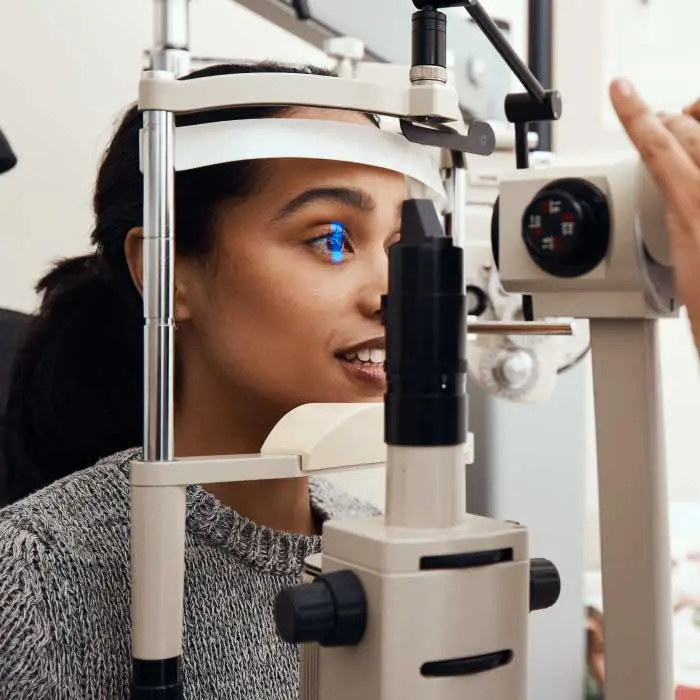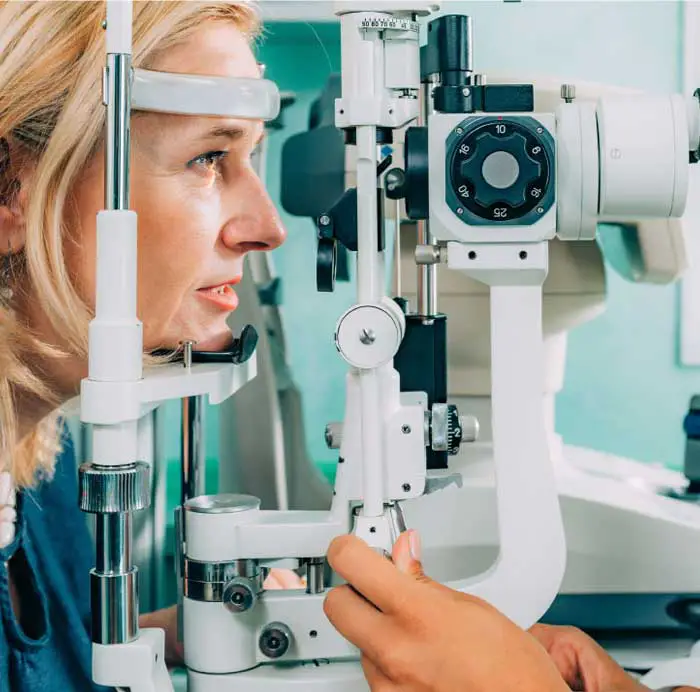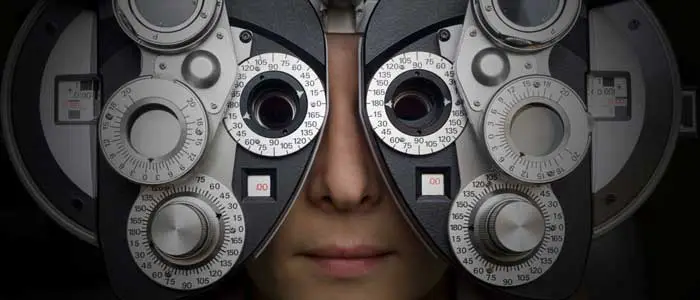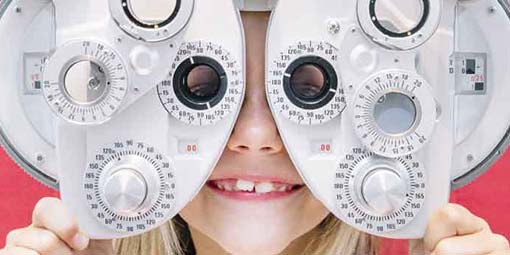Keratoglobus - Symptoms, Causes and Treatment
07-04-2024
What is Keratoglobus?
Keratoglobus is a rare condition that affects the shape of the cornea, causing it to become abnormally thin and bulge outward in a rounded shape. This can lead to significant visual impairment and discomfort for those affected by the condition. In some cases, Keratoglobus can progress and become more severe over time, potentially requiring specialized care and treatment to manage the symptoms and preserve vision. Regular eye exams and monitoring are important for individuals with Keratoglobus to ensure proper management of the condition.What Are The Causes Of Keratoglobus?
Keratoglobus is thought to be caused by a structural weakness in the cornea, leading to a gradual thinning and bulging of the cornea over time. This weakening may be due to a variety of factors, including genetic predisposition, collagen disorders, or excessive eye rubbing. The exact cause of Keratoglobus is not fully understood, but research suggests that a combination of genetic and environmental factors may play a role in its development.What Are The Risk Factors For Keratoglobus?
Patients with Keratoglobus may have an increased risk for developing other eye conditions such as keratoconus, corneal thinning, and corneal scarring. These risks can lead to vision impairment and decreased visual acuity. Additionally, individuals with Keratoglobus may be more prone to experiencing discomfort and irritation in their eyes due to the irregular shape of the cornea. Regular monitoring and management by an eye care professional are essential to address these potential risks and prevent further complications.What Are The Symptoms Of Keratoglobus?
Symptoms of Keratoglobus may include blurred or distorted vision, extreme nearsightedness, astigmatism, and difficulty wearing contact lenses. Patients with Keratoglobus may also experience sensitivity to light, eye redness, and frequent changes in prescription eyewear. Additionally, individuals with this condition may notice a bulging appearance of the cornea, which can lead to discomfort and visual disturbances. Early detection and management of Keratoglobus are essential in order to prevent further complications and preserve vision.How is Keratoglobus Diagnosed?
Keratoglobus is typically diagnosed through a comprehensive eye examination by an optometrist or ophthalmologist. During the exam, the eye care provider will carefully examine the shape and structure of the cornea using specialized equipment and techniques. This may include measuring the curvature of the cornea, assessing the thickness of the cornea, and evaluating the overall health of the eye. In some cases, additional tests such as corneal topography or imaging studies may be necessary to confirm a diagnosis of Keratoglobus. It is important to seek prompt evaluation by an eye care professional if you suspect you may have Keratoglobus or are experiencing changes in your vision or eye health.How is Keratoglobus Treated?
Keratoglobus is typically treated through a combination of specialized contact lenses and surgical interventions. For individuals with mild cases, rigid gas permeable contact lenses can help to improve vision by providing a more uniform surface for light to pass through the cornea. In more severe cases, surgical procedures such as corneal collagen cross-linking or corneal transplant may be necessary to stabilize the cornea and improve vision. These treatments aim to reduce the progression of Keratoglobus and address any vision impairments that may result from the condition. It is important for individuals with Keratoglobus to work closely with their eye care provider to determine the most appropriate treatment plan for their specific needs.Is There A Cure For Keratoglobus?
Unfortunately, there is currently no cure for Keratoglobus. However, there are treatment options available to help manage the condition and improve vision. These may include prescription eyeglasses or contact lenses to correct vision, as well as specialized contact lenses or scleral lenses to help reshape the cornea and improve visual acuity. In some cases, surgical interventions such as corneal transplant may be necessary to restore vision and improve quality of life for individuals with Keratoglobus. It is important for patients with Keratoglobus to work closely with their eye care provider to determine the best treatment plan for their individual needs.How Can Keratoglobus Be Prevented?
Keratoglobus cannot be prevented, as it is a congenital condition that is present from birth. However, regular eye exams can help to detect any changes in the shape of the cornea early on, which can help in managing the condition and preventing any complications that may arise. Additionally, protecting the eyes from injury and trauma can help to prevent any exacerbation of Keratoglobus. It is important to consult with an optometrist or ophthalmologist for proper evaluation and management of this condition. Schedule An Appointment
Adult Eye Exams
Our advanced eye exams consist of 25+ modern tests and digital scans to assess eye health, function, and visual acuity.

Child Eye Exams
Give your child a clear future with an annual eye exam from our experienced Edmonton optometrists.

Senior Eye Exams
Maintain your vision through your golden years with gold standard eye care from the optometrists at our Edmonton eye clinic.

Contact Lens Eye Exams
Our eye exams for contact lens wearers include test and digital scans to assess eye health, function, visual acuity, and lens fit.

Diabetic Eye Exams
Managing diabetes requires regular eye exams to ensure that diabetes is not causing irreversible vision loss.

Dilated Eye Exams
Dilating the eyes enables our Edmonton optometrists to see more of the eye so that you many never see less.
Our Edmonton Eye Exams Are Comprised Of 4 Phases Of Evaluation

1. Eye Exam Pre-Testing
Corneal Thickness | Intraocular Pressures | Visual Field
Pre-testing is a detailed process that gathers all necessary information for the optometrist in advance of the optometrist-administered eye examination. This process involves completing a detailed patient history, as well as a series of standard tests. Pre-testing is an essential part of the comprehensive eye exam process, providing valuable information and visuals for both the optometrist and the patient.
More About Pre-Testing »
2. Advanced Diagnostic Testing
Retinal Photography, OCT, Topography
eye-deology Vision Care differentiates itself from other clinics by having the most advanced modern diagnostic specialty testing equipment. Specialty equipment, such as a wide-angle high-resolution retinal imager, Optical Coherence Tomography (OCT), Humphrey Visual Field Analyzer and corneal topographer, ensures that patients receive the best comprehensive eye care.
More About Advanced Testing »
3. Optometrist Examination
Health Assessment & Disease Diagnosis
eye-deology Vision Care Edmonton optometrists perform a multitude of tests and assessments to evaluate ocular health, eye coordination, and visual acuity. In addition, they also evaluate the results of the tests and scans performed during pre-testing. As part of patient education, our optometrists also take the time to show and explain results to patients.
More About Doctor Exam »
4. Eye Glass Consult
Prescription | Lens Selection | Digital Fitting
If you require corrective lenses to improve your vision, our licensed opticians will customize their fit to your unique attributes, needs, lifestyle, and budget. Our opticians are happy to provide you with information about the latest eyeglass frame and lens technologies available so you can make informed decisions and begin seeing and looking your best.
More About Eyewear Consult »